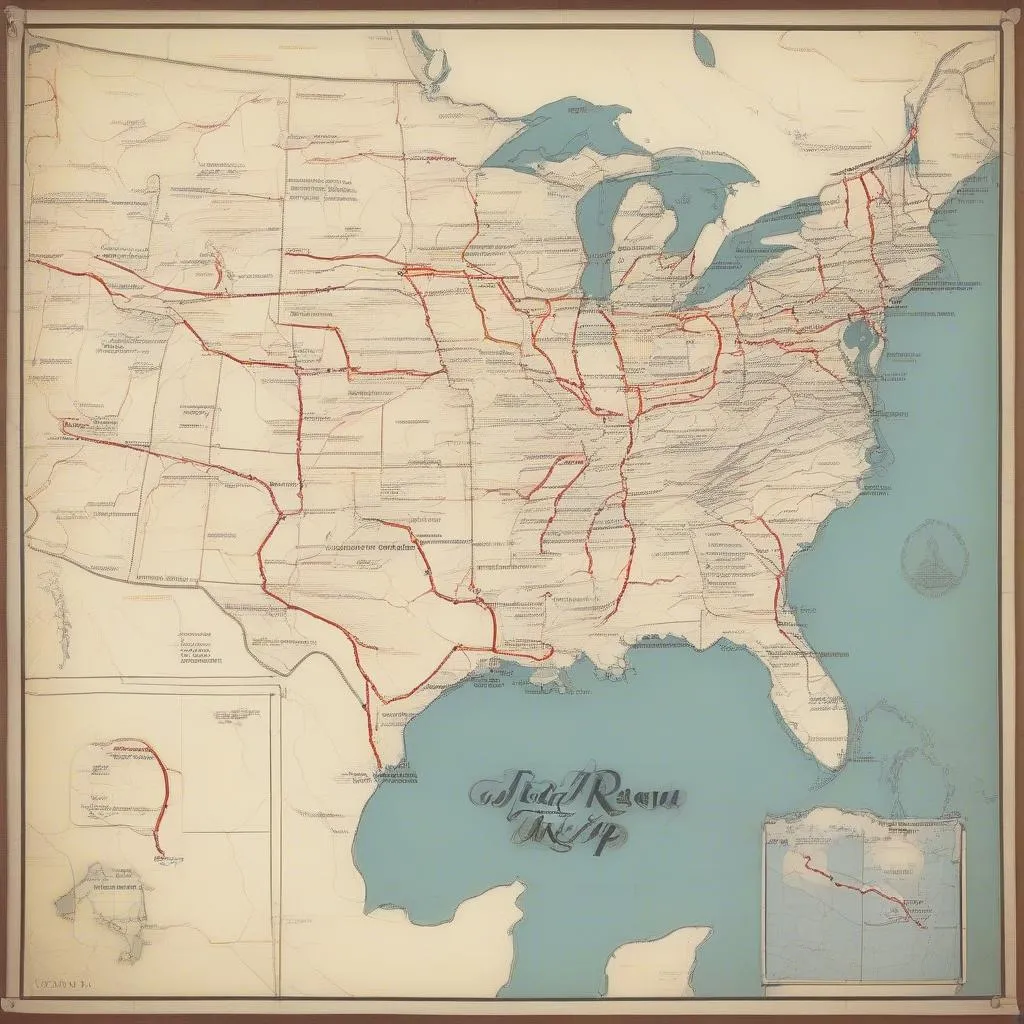Have you ever planned a road trip, meticulously plotting each stop on your map, only to wonder about the total distance you’d cover? Or perhaps you’re an avid hiker, curious about the miles you’ve conquered on your latest adventure? Understanding how to calculate total distance traveled can be surprisingly useful, whether you’re a seasoned globetrotter or a weekend wanderer.
What Does “Total Distance Traveled” Mean?
Before we dive into the “how,” let’s clarify the “what.” Total distance traveled refers to the complete length of the path taken by an object or person, regardless of direction. Unlike displacement, which measures the straight-line distance between a starting and ending point, total distance accounts for every twist, turn, and detour along the way.
Imagine exploring the winding streets of Lisbon’s Alfama district. You might wander up and down the hills, meandering through charming alleys and picturesque squares. While your displacement might be relatively small if you end your day close to where you began, your total distance traveled would reflect the full extent of your urban exploration.
How To Find Total Distance Traveled: A Step-by-Step Guide
1. On a Map:
- Using Traditional Tools: For a classic approach, break your journey down into smaller segments on a physical map. Measure the distance of each segment using a ruler and the map’s scale. Finally, add up the distances of all segments to find the total distance.
- Leveraging Technology: Digital maps and navigation apps have made finding distances incredibly convenient. Simply enter your starting point and destination, and the app will calculate the total distance based on your chosen route, taking into account any detours or changes along the way.
2. From a Velocity-Time Graph:
In physics, the total distance traveled can be determined from a velocity-time graph by calculating the area under the curve.
- For Constant Velocity: The area under the curve representing constant velocity is a rectangle. The total distance is calculated by multiplying the velocity by the time traveled.
- For Changing Velocity: When velocity varies, the area under the curve might resemble a triangle, trapezoid, or irregular shape. Divide the area into simpler shapes, calculate their areas, and sum them up to find the total distance.
3. Tracking Your Steps:
Fitness trackers and smartwatches often utilize a built-in pedometer to measure the number of steps taken. By calibrating the device to your stride length, you can easily track the total distance covered during your walk or run.
 road_trip_distance
road_trip_distance
Planning Your Next Adventure? Travelcar.edu.vn Can Help!
Whether you’re charting a cross-country road trip, mapping out a scenic hike, or simply curious about the distances you cover in your daily life, understanding How To Find Total Distance Traveled can be surprisingly valuable.
For more travel tips, inspiration, and resources, be sure to explore the wealth of information available on travelcar.edu.vn. Discover hidden gems, plan unforgettable itineraries, and embark on your next adventure with confidence.
Pro Tip from Travel Expert, Sarah Jones, author of “The Wanderlust Way”: “Always factor in buffer time for unexpected detours, scenic stops, and spontaneous explorations – those often lead to the most memorable travel experiences!”
Frequently Asked Questions
1. What’s the difference between distance and displacement?
Distance refers to the total length of the path traveled, while displacement is the straight-line distance between the starting and ending points.
2. Can I use Google Maps to calculate total distance traveled on foot?
Yes, Google Maps allows you to choose “walking” as your mode of transportation and will accurately calculate the distance based on pedestrian routes and sidewalks.
3. How does a fitness tracker calculate distance without GPS?
Fitness trackers rely on a built-in pedometer and your personal stride length to estimate the distance covered. By counting your steps and multiplying them by your stride length, it provides a relatively accurate measure of distance.
![]() distance_tracking_technology
distance_tracking_technology
Explore the World, One Step at a Time
Ready to embark on your next journey? From the bustling markets of Marrakech to the serene beaches of Bali, the world is yours to explore. Embrace the joy of discovery, map out your adventures, and cherish the memories you create along the way.
Discover more travel tips and inspiration on travelcar.edu.vn. Happy travels!